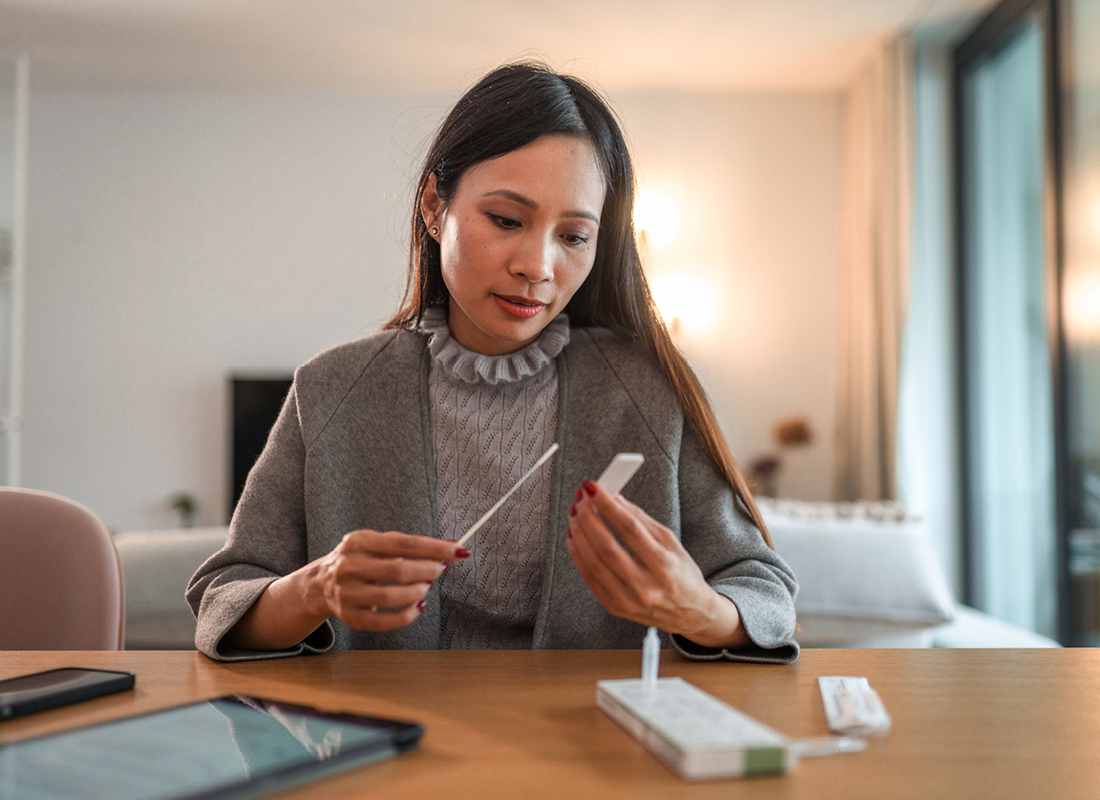At-Home Answers in Infectious Disease
Demand for at-home sample collection and infectious disease testing is at an all-time high—and still growing.

Subscribe to Clinical Diagnostics Insider to view
Start a Free Trial for immediate access to this article